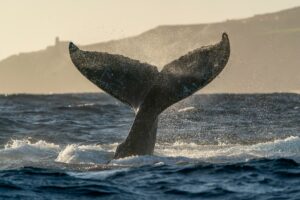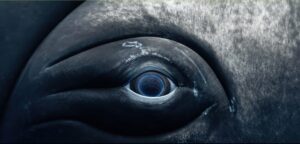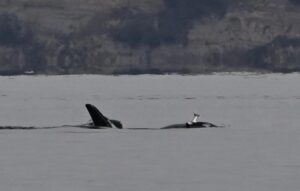Biologist Brian Gall was out for an afternoon of paddling when he chanced on a casual curiosity that led him to exhaustive experimentation.
That day, Gall noticed something about arachnid behavior that led him to drop thousands of spiders into engineered aquatic “arenas” and watch what happened next.
Spoiler alert: None of them drowned.
That’s because spiders — at least the elongate stilt spiders Gill observed — can navigate on open water using polarized light. The mechanism can, and does, rapidly lead the riverbank-dwelling hunters to safety.
Sciencenews reported Gall’s journey, which started in a kayak. As he cleared the deck of the harmless spiders, he noticed that each one scurried directly to shore once it hit water.
He had one question: why?
Unerring sense of direction
Scientists have studied the navigation methods of only a few of the roughly 51,000 known arachnid species. Many rely on sound, vibrations, chemical signals or, of course, their eight eyes, Sciencenews pointed out.
The evolutionary impulse driving the elongate stilt spiders’ behavior is likely to avoid fish predation, Gall’s team reported. Still, it was unclear how they seemed to know so decisively where to seek safe quarter.
Some spiders can detect and use polarized light. It’s a phenomenon that essentially flattens light waves, and it happens naturally when light waves reflect off a surface such as water. Dry land is significantly less reflective.
Was this what the elongate stilt spiders were doing? To find out, Gill and several students set up testing grounds in his back yard.
They first filled up an outdoor tank and natural pond on the property, then set up polarizing film above the surface. The film would alter the light before it hit the water’s surface.
According to the team’s hypothesis, this would make areas of water look like dry land to the spiders. Their other choice was natural shoreline.
A simple experiment yields a clear answer
The researchers then dropped 68 spiders into the arenas and recorded their movements.
Spiders dropped between the shore and the polarized areas chose both options with equal frequency. The displaced insects found the solution by making circular passes between the two until they found land.
Previous experiments without the polarized film showed the same results Gall observed in the wild: The spiders raced to the nearest land without hesitation.
Considering the data in aggregate, Gall’s team believes its results are definitive. Sun position, colors of nearby flora or fauna, and contrast all seem to cause no effect on the spiders’ orientational capacity.
“It’s hard to overstate how crazy these results are,” said Gall. “I have dropped probably one thousand spiders onto the water’s surface, and I’ve almost never seen them make the wrong choice.”
The next time you go overboard — find the closest thing with eight legs and try to keep up.






